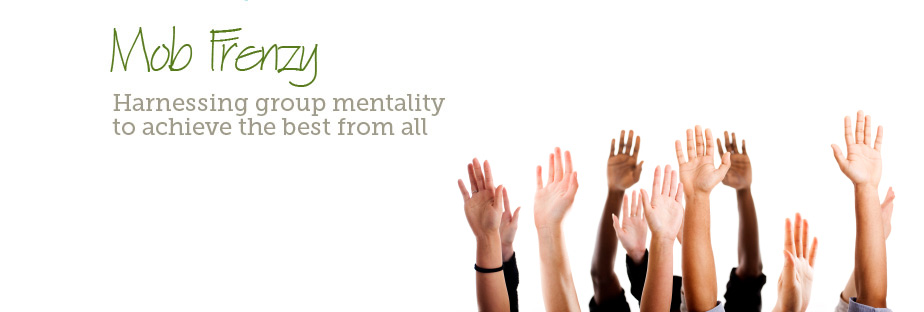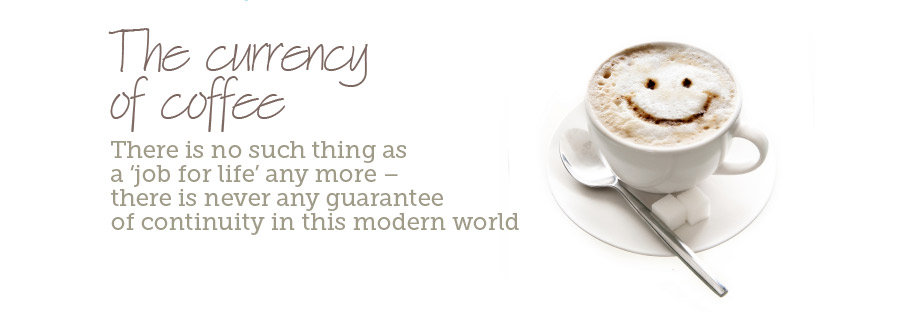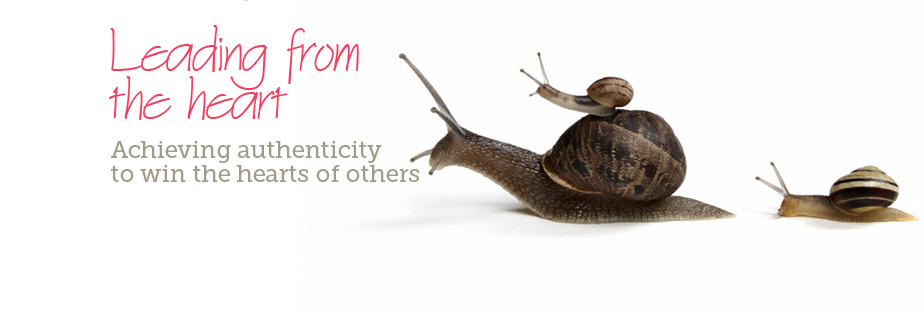Culture – one of the most over-used keywords in management today. We read of management culture, change culture, organisational culture, growth culture, open culture, healthy culture, power culture, market culture and person culture, to name but a few!
For me it’s simpler than this. I believe there are just two cultures in every organisation;
The culture that exists
The culture you desire
The culture that exists
This is often the culture where common practice is adopted by new arrivals, where ‘we’ve always done in this way’, where ritual and process shape and form working hours, and habit is steeped in history. Often this culture exists in a company which is successful in spite of what then do, and not because of it.
The culture you desire
This is usually a culture where effective preparation and planning, delivery and cooperation are the architects of the future; where old ways do not prevail, and success is hard earned and won.
The word ‘culture’ originates from the word ‘cultivate’ as in: you till the land, and what you sow, you reap. This is the key to creating the right culture at work. Creating the conditions where growth flourishes, as people root themselves in the rich fertile soil of strong values, work ethic and interpersonal harmony.
A culture is a way of life. It is our combined values, knowledge and hard work from the past and present, communicated in a certain way, and implemented in another. It is not just what we know, and how we do things – it is who we are and what we stand for. Our culture is our unique character.
So how do leaders create the right culture within organisations?
A leader can only ensure a worthwhile culture when it is valued by those within it. A strong culture only exists when everyone buys into it, adopts it, and becomes ‘the way we do things around here’ – not because we always have, but because we want to …
An organisation’s culture is in effect its handwriting – clearly visible, personal and recognisable.
So how does a leader ensure the creation and adoption of a worthwhile culture? The key here is that it is worthwhile – people see the value of doing it ‘our way’, and feel able to trust in, and engage with what is created.
Just as a culture in a petri-dish grows and develops, the organisation’s culture needs to evolve over time. It is still the same culture but remains a ‘live’ organism which constantly grows, not a fixed structure that remains in the same state.
The diffusion of a desired culture into an existing organisation will be a slow, yet visible process. Experts say it takes three to five years to change the culture within an organisation, and it is a step by step evolution. The leader’s role is therefore to scrutinise what currently happens, question why, assess the value of ‘doing it this way’, and delivering an alternative approach – which ultimately creates the new culture.
This is a leader’s role. Only they have the influence to deliver change which relates to ‘how we live life at work’ rather than the more tangible, more visible process-changes that happen as a matter of course. And this is the key – ensuring that even when you are not present, the team see what you see, do what you would do, and respond as you would too.
A culture change is the greatest test of both how compelling and how influential your leadership style is. The secret is to be as engaging of others as you can. Culture change cannot be enforced, it has to be willingly adopted by a critical mass before it becomes the ‘way of life’ you desire
Having a vision, direction and determination is the backdrop for a great work ethic!
Empowerment is the single most effective gift to provide your people with, to ensure they adopt your culture and approach to work.
Creating opportunities for interdependence and cross cultural interaction within your organisation is essential to ensure every single person becomes embedded in the right type of company culture.
People working together, communicating effectively, sharing information and focusing on achievement and not internal issues is a great aim.
Benchmarking with outside organisations helps in a number of ways. It encourages openness within your company, drives questioning to ensure you get it right, and helps define who you are.
Remember, although they serve a purpose; control systems, hierarchies and processes do not define the culture, just as the home you live in does not define the family you are part of. Rather it’s how you live your life together, or indeed work together, that makes a family, or an organisation bond as an entity; aligned, close knit, dependent and interdependent, trusted, appreciated and valued.
In many ways your role as leader provides the glue that binds, and creates the bond that makes the constituent and diverse parts of any organisation become ‘one’. Go liberally spread your glue, and see the desired culture come together!







